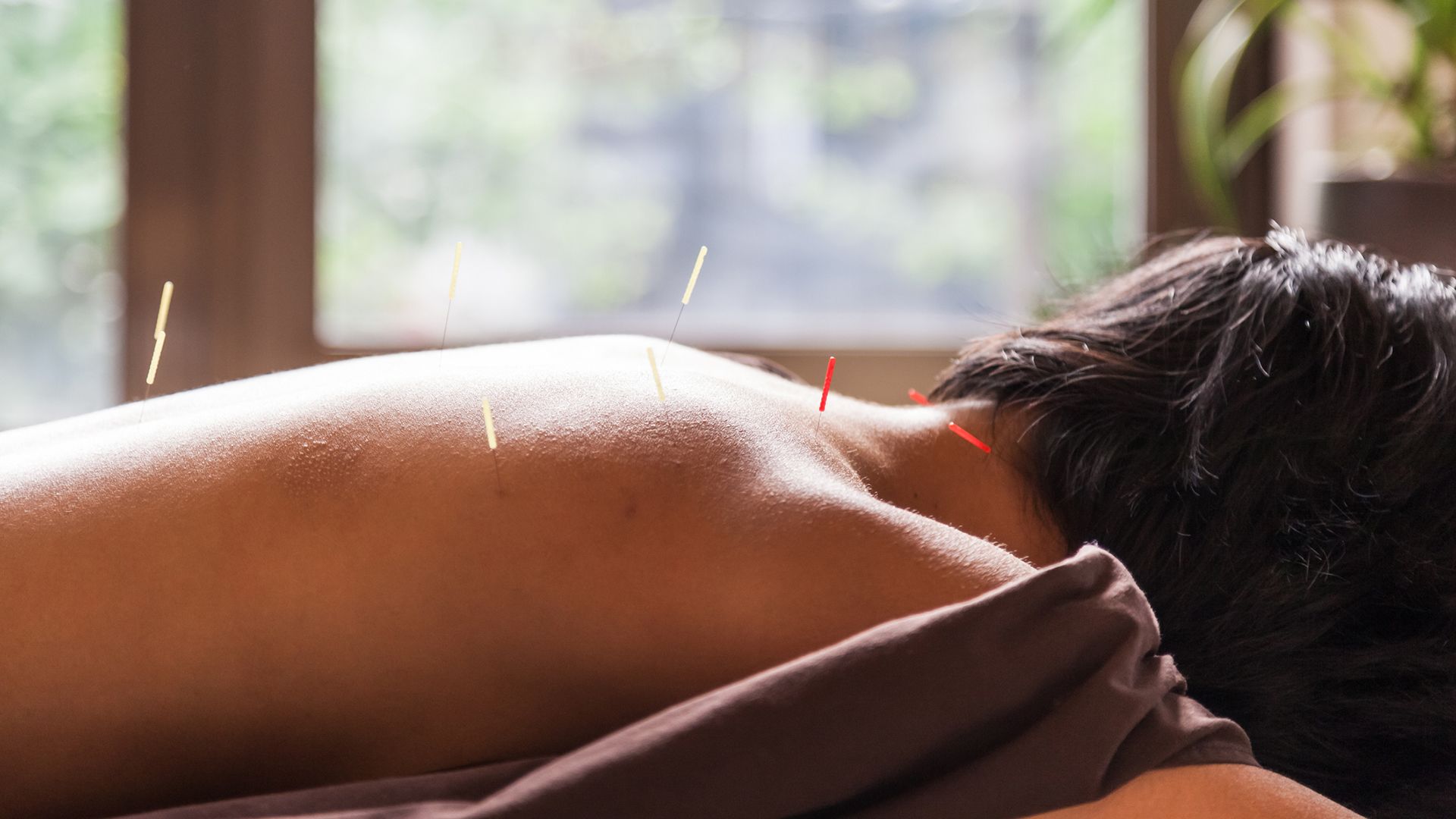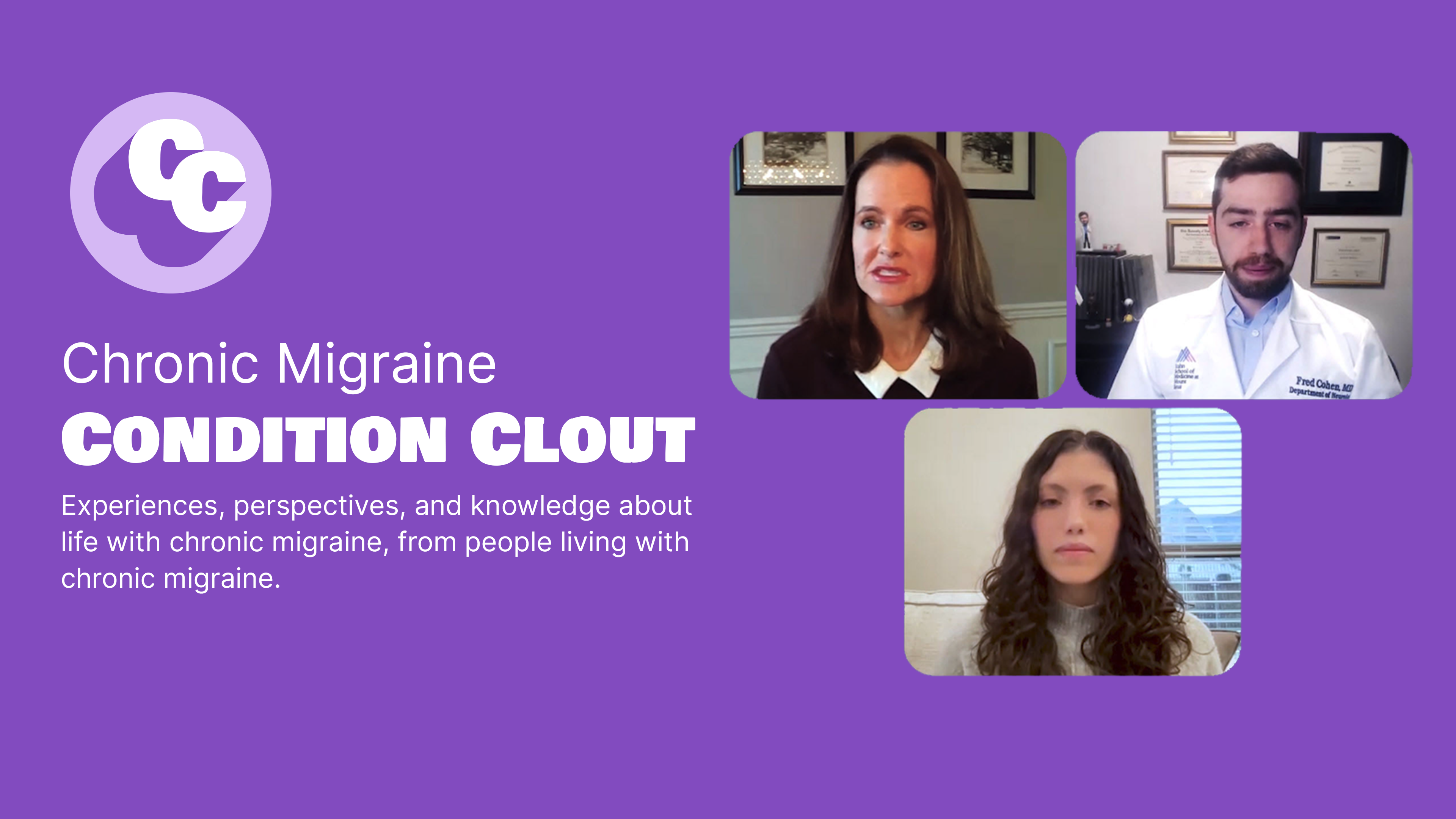Migraine is a disorder that causes recurring episodes of headaches and other symptoms. Most migraines fall into one of two categories:
- Migraine without aura, also known as a common migraine.
- Migraine with aura, also known as a classic migraine.
Migraines without aura
Migraines without aura can include any or all of the symptoms commonly associated with migraines:
- Severe headache, often one-sided, pounding or pulsing
- Light sensitivity
- Sound sensitivity
- Nausea
- Vomiting
- Fatigue
- Stomach pain
- Diarrhea
- Feeling hot or cold
- Weakness
Migraines with aura
Migraines with aura can have all of the above-mentioned symptoms, plus pre-migraine aura, which are visual, auditory, or olfactory disturbances. These symptoms may occur up to 24 hours before the start of a headache and might include:
- Flashes of light
- Blurred vision
- Seeing zigzag or wavy patterns
- Blind spots
- Noticing odors that aren't present
- Hearing buzzing or ringing sounds
Aura symptoms often indicate that a headache phase is on the way—but not always. Silent migraines, or “typical aura without headache,” might include many migraine symptoms but without the headache. For instance, a person with a silent migraine might have an aura, nausea and fatigue, but no head pain.
Why do some people get migraines?
The exact cause of migraines is unknown and research has not yet identified the reason why some people get migraines and others do not. In the past, migraines were thought to be a vascular disorder, related to changes in blood flow to the brain. More current research suggests that migraines are a neurological disorder and that some people have a genetic predisposition to migraines.
How are migraines treated?
While there is no cure for migraines, there are numerous effective treatments. Treatment should be overseen by a healthcare provider such as a neurologist or a headache specialist. Treatment will vary from person to person and will take into account the severity of symptoms, the frequency of migraines, and the impact that migraines have on your day-to-day life.
In most cases, a healthcare provider will prescribe or recommend medications to take when a migraine episode occurs. They may also recommend other steps to ease pain and symptoms, such as relaxing in a quiet dark room, applying heat packs to tense muscles, and apply a cold press to the head or neck.
Prevention is a major focus of treating migraines, and people who experience migraines are encouraged to keep a headache diary that records details about when migraines occur and the foods, activities, and conditions that happened around the start of the migraine. A headache diary can help identify migraine triggers.
In some cases—for example, if you are experiencing frequent and/or debilitating migraines—a healthcare provider may prescribe a preventive therapy. Preventive therapies prevent migraines from occurring.









